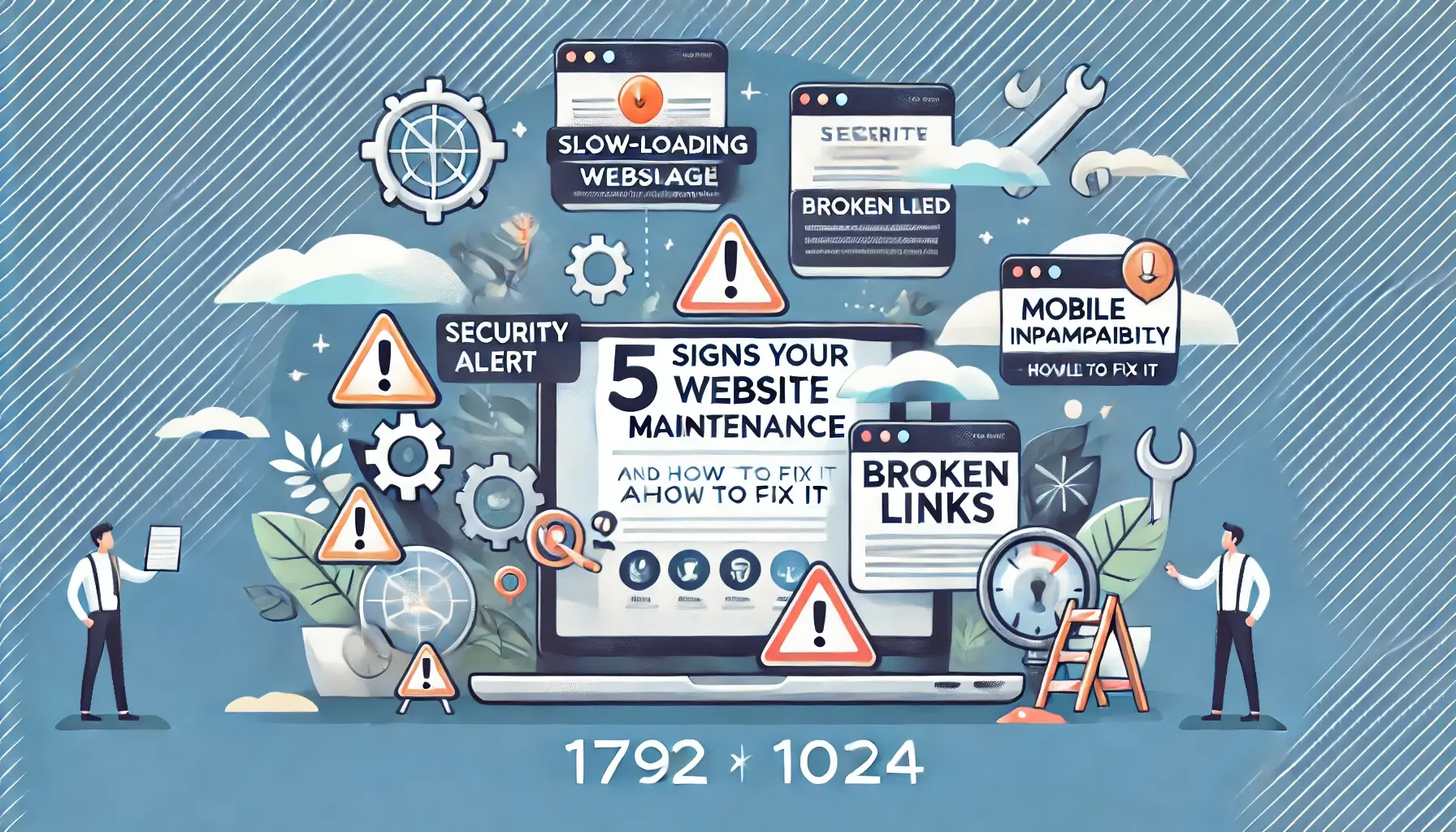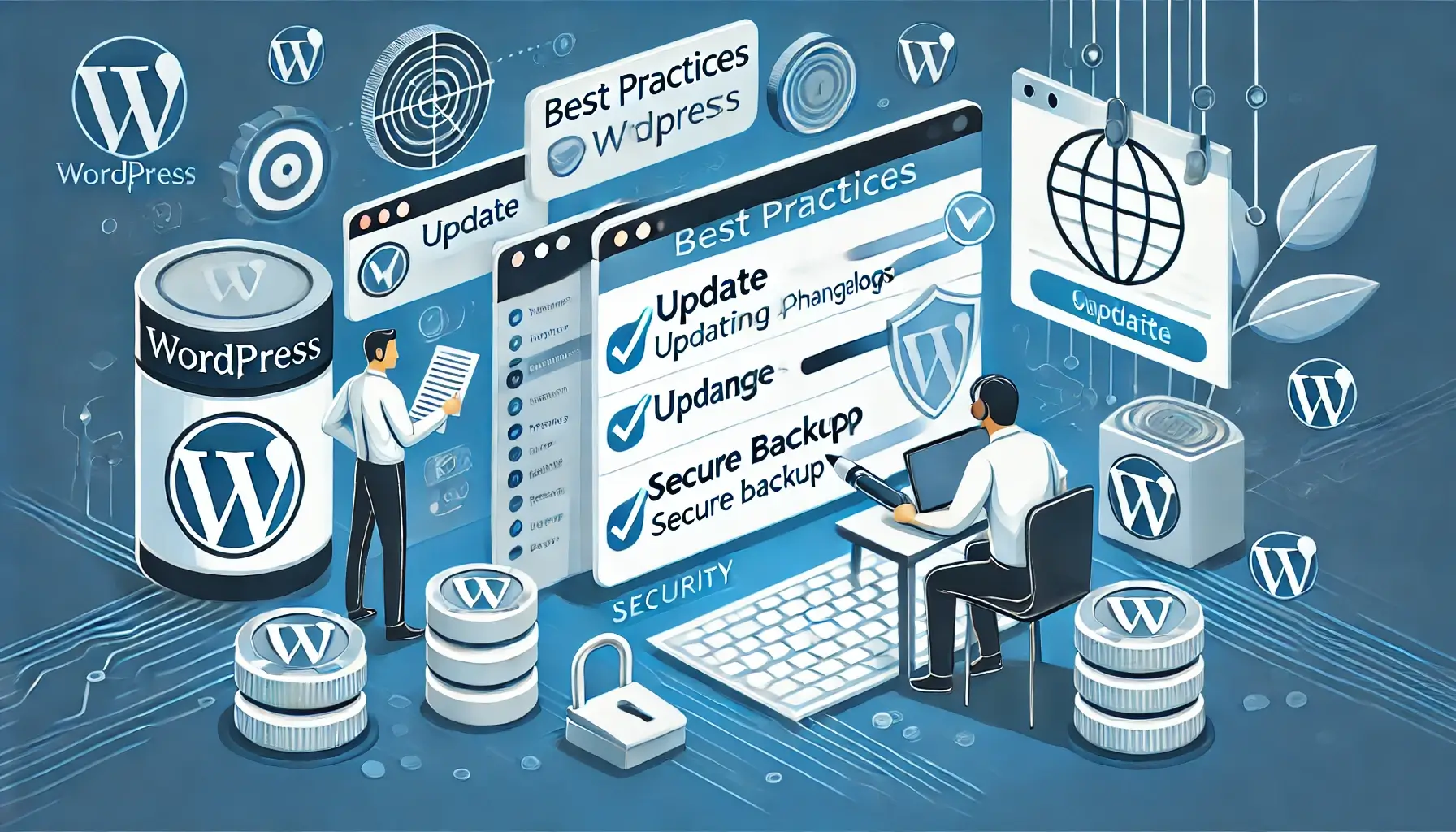Understanding Core Web Vitals and How They Impact Your SEO

Core Web Vitals are essential performance metrics introduced by Google to evaluate user experience on websites. They directly affect search rankings, making them a critical focus for website owners aiming to improve SEO. This guide will explain what Core Web Vitals are, why they matter, and how to measure and optimize them effectively.
What Are Core Web Vitals?
Core Web Vitals are a set of metrics that measure key aspects of user experience, including loading performance, interactivity, and visual stability. The three main metrics are:
- Largest Contentful Paint (LCP): Measures loading performance by recording the time it takes for the largest visible content to load. A good LCP score is under 2.5 seconds.
- First Input Delay (FID): Evaluates interactivity by measuring the delay between a user’s first interaction and the browser’s response. A good FID score is under 100 milliseconds.
- Cumulative Layout Shift (CLS): Assesses visual stability by tracking unexpected layout shifts during page loading. A good CLS score is below 0.1.
Why Do Core Web Vitals Matter for SEO?
Google uses Core Web Vitals as ranking signals in its Page Experience update. Websites with better scores are more likely to rank higher in search results, leading to increased visibility, traffic, and conversions. Poor performance, on the other hand, can result in lower rankings and user dissatisfaction.
How to Measure Core Web Vitals
1. Using Google Tools
Google offers several tools to measure Core Web Vitals:
- PageSpeed Insights: Provides a detailed analysis of Core Web Vitals and suggestions for improvement.
- Web.dev Measure: Offers insights into performance, accessibility, and SEO metrics.
- Google Search Console: Includes a Core Web Vitals report highlighting performance issues on your site.
- Chrome DevTools: Use the Performance tab to analyze page performance during development.
2. Third-Party Tools
Additional tools like GTmetrix and Lighthouse can help analyze Core Web Vitals with actionable recommendations.
Optimizing Core Web Vitals
1. Improving Largest Contentful Paint (LCP)
LCP issues often stem from slow server response times, render-blocking resources, or large images. To optimize:
- Upgrade Hosting: Use a faster hosting provider or a Content Delivery Network (CDN) for better server response times.
- Optimize Images: Compress images using tools like TinyPNG and serve them in next-gen formats like WebP.
- Reduce Render-Blocking Resources: Minify CSS and JavaScript files and use asynchronous loading for non-essential scripts.
2. Reducing First Input Delay (FID)
FID can be improved by minimizing JavaScript execution time and ensuring that the main thread is not blocked:
- Code Splitting: Break up large JavaScript files into smaller chunks to reduce execution time.
- Use Lazy Loading: Load scripts and resources only when needed.
- Implement Web Workers: Offload heavy computations to web workers to keep the main thread free.
3. Fixing Cumulative Layout Shift (CLS)
To reduce unexpected layout shifts:
- Set Size Attributes: Specify width and height for all images and videos to reserve space during loading.
- Use CSS Aspect Ratios: Maintain consistent aspect ratios for media elements.
- Avoid Injecting Content: Ensure no elements are dynamically added to the page without reserving space beforehand.
Regular Monitoring and Testing
Maintaining good Core Web Vitals scores requires continuous monitoring and testing:
- Regularly check performance using Google Search Console and PageSpeed Insights.
- Conduct A/B testing to identify effective changes.
- Monitor updates to Google’s algorithms that may impact Core Web Vitals metrics.
Conclusion
Core Web Vitals play a significant role in determining your website’s user experience and SEO performance. By understanding and optimizing these metrics, you can enhance site rankings and provide a better experience for your visitors. For expert assistance, contact WebCareSG today to ensure your website meets the highest standards.
Related WebCare Solutions
How to Reduce Bounce Rate by Improving Website Speed
Learn how to optimize website speed to reduce bounce rate and improve user experience.
5 Signs Your Website Needs Maintenance (And How to Fix It)
Discover the 5 critical signs that indicate your website requires immediate maintenance. Learn how to address these issues to ensure optimal performance, security, and user experience.
Best Practices for Updating WordPress and Plugins
Learn the essential best practices for safely updating WordPress and plugins to ensure security, performance, and compatibility.
Ready to get started?
Focus on your business while we fix your website. Contact WebCareSG today for fast, reliable solutions!
Whatsapp us on


